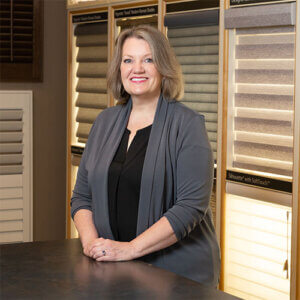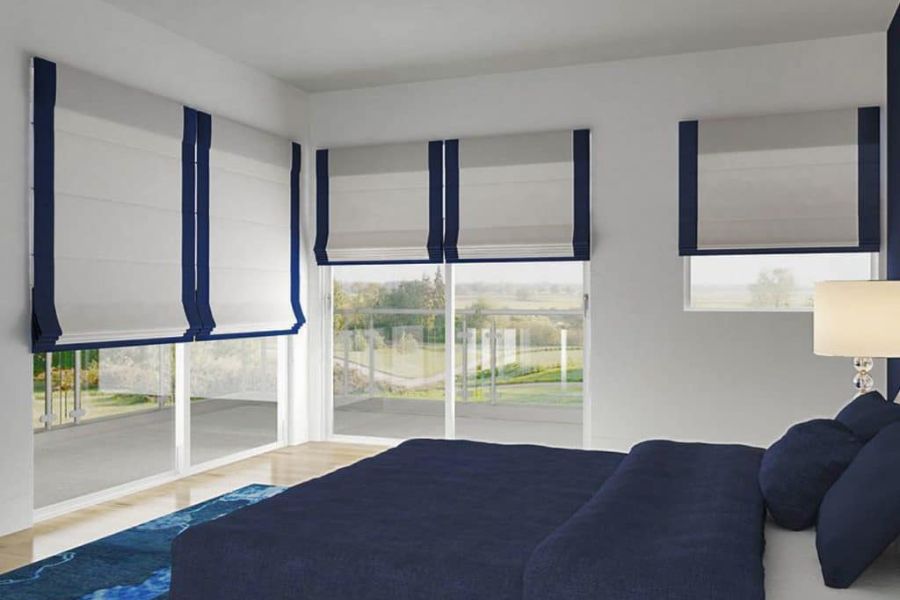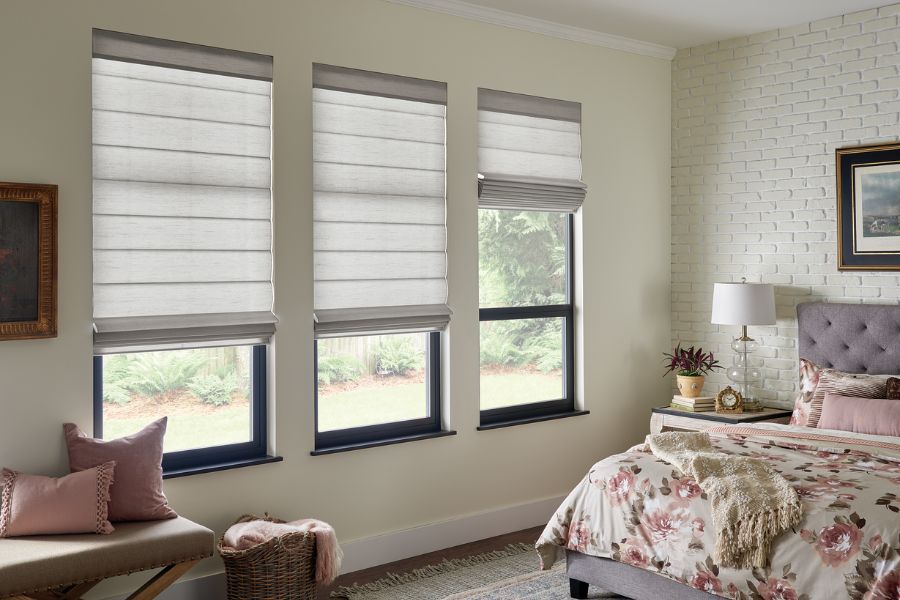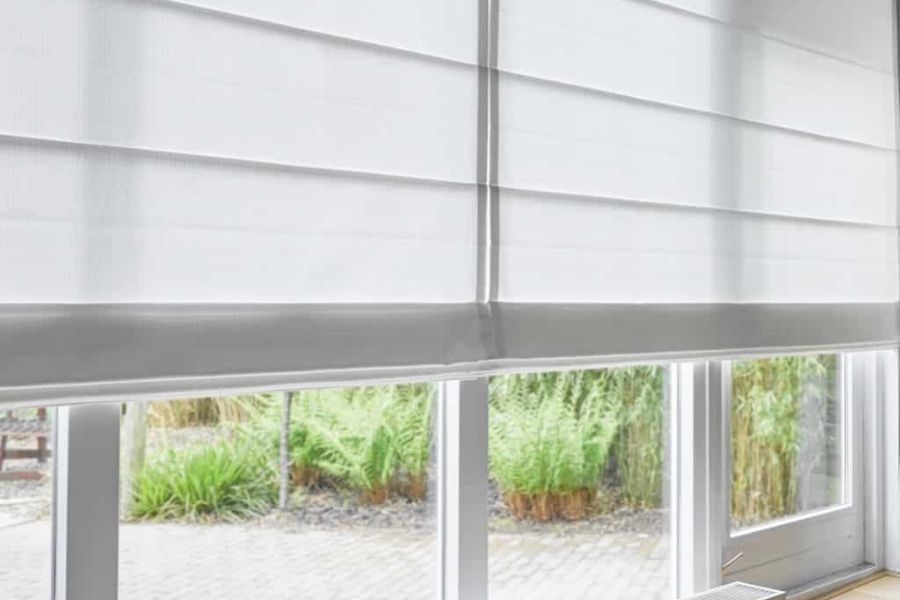There is a lot to consider when shopping for the right type of window shade for your home or apartment. Color, style, and texture are important, but you also want to consider functionality and the type of room that the shades will go in. Understanding the differences between pleated shades vs. cellular shades can help you save money and set the right ambiance for any room in your home.
Cellular and pleated shades are both appealing to look at and do an excellent job of diffusing sunlight and providing you with privacy. Pleated and cellular shades are made with fabric that is either woven or spun and can be raised or lowered to any level via a cord, cordlessly, or controlled from your smart device. You can even set them on a timer to lower and raise with the sun.
Whether you need to completely darken a room or just diffuse the light a little, understanding the differences between pleated and cellular shades will help you make a better decision for your home and budget.
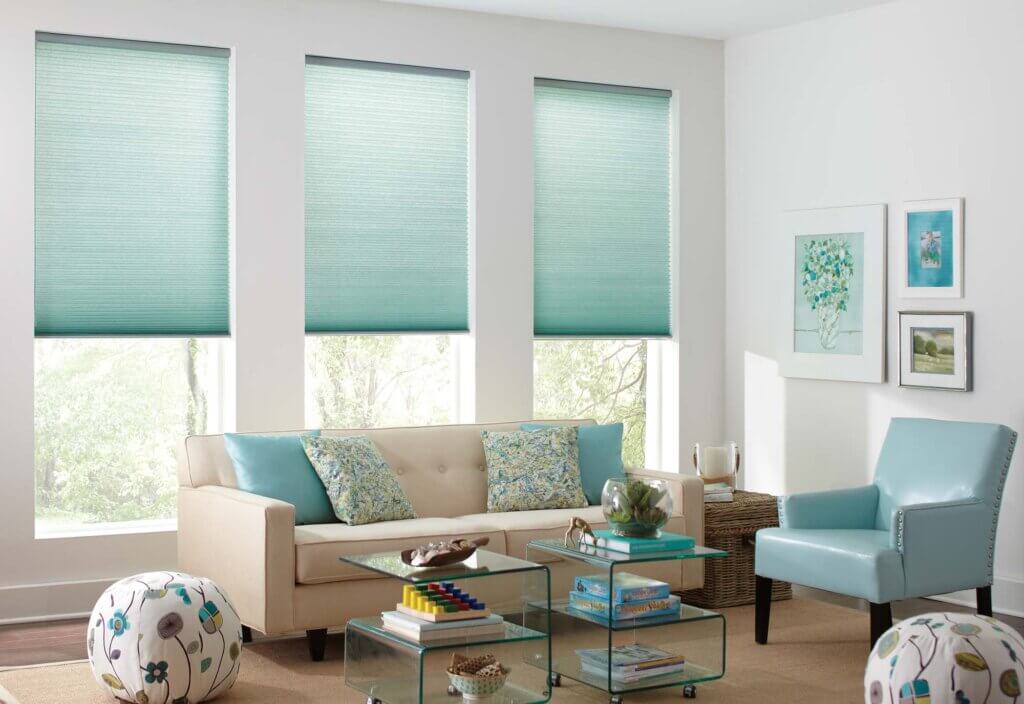
Pleated Shades
Pleated window shades are a single layer of fabric in an accordion-style fold that is effective in diffusing light and providing privacy. They come in a variety of colors and textures, from soft and neutral colors to bold, bright colors that make a statement.
Pleated shades cost less than cellular shades and require less maintenance. You can get them with looped cords or cordless to prevent long cords dangling where pets and children can get at them. They are best for rooms where you do not need complete darkness, like bathrooms, living, dining, or family rooms, or rooms with east- and west-facing windows.
You can increase the light reflection of pleated shades by adding additional layers to block out sunlight.
Cellular Shades
Cellular shades, sometimes called honeycomb shades, take the idea of pleated shades and improve them. Like pleated shades, they fold in accordion-style, but instead of a single layer, cellular shades have cells or honeycombs that trap air inside and form an insulation layer on top of blocking more light than pleated shades. This extra insulation can reduce your energy bills when properly fitted to your windows.
You can get cellular shades in a single-cell, double-cell, or triple-cell configuration, giving you even more room-darkening capabilities and better protection from heat and cold. Cellular shades are perfect for older, drafty homes, bedrooms where you want complete darkness, and rooms that receive direct sunlight.
While cellular shades are more expensive than pleated shades, they can help reduce your energy costs, saving you money down the road.
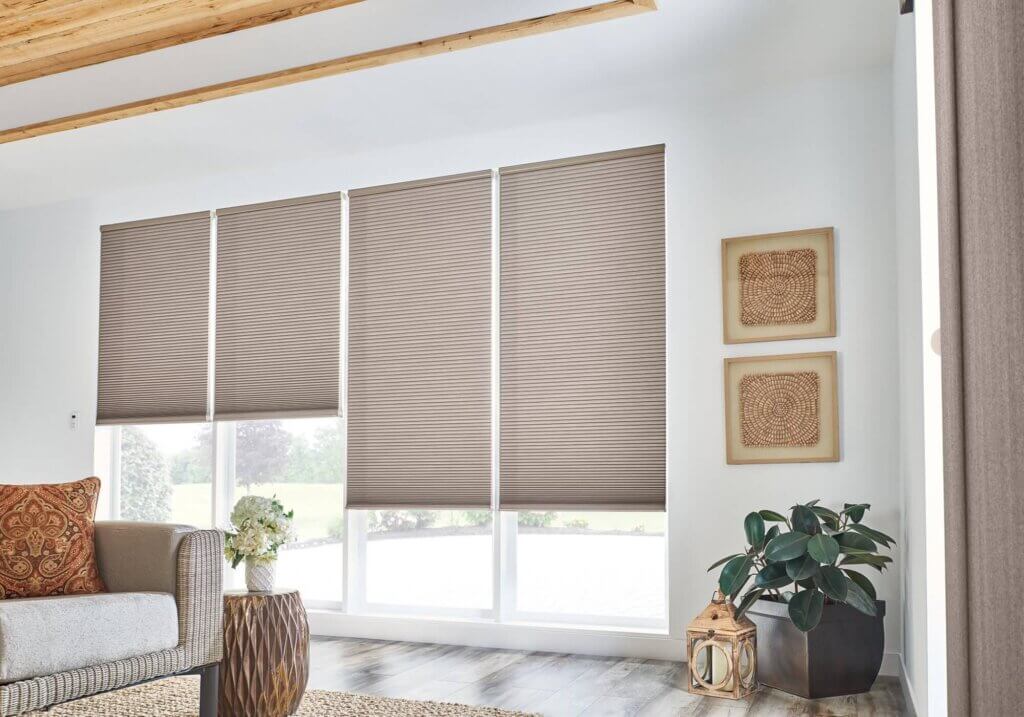
Determining the Right Shades for Your Home
When deciding on pleated shades vs. cellular shades and which is right for you and your home, you need to ask yourself three questions:
- How much light do I want in the room?
- How energy-efficient do I want my home to be?
- How much do I want to spend?
Rooms with windows that face north and south will get more direct sunlight than other rooms. You will want to install cellular shades in these rooms to help reduce the amount your AC or heater needs to work. In other areas in your home where you don’t need to block sunlight yet still want some privacy, pleated shades can help.
Not all rooms will need the same type of protection, and you can save money by knowing which type of shade is best for each room.
Need Professional Shade Installations Help?
Creative Windows has a friendly, family-oriented staff that is ready and willing to help you and your family with your shade installations and window treatment needs. Contact us today for an appointment!

